Last Chance to Catch NYC's Holiday Notalgia Train
We met the voices of the NYC subway on our nostalgia ride this weekend!


Spend more than five minutes in Chelsea and you’ll find a smattering of galleries, installations, and one of New York’s most prominent art scenes, from the famous David Zwirner Gallery, now social media famous because of recent exhibitions by Yayoi Kusama to the blank, spacious Gagosian Gallery, now hosting legendary recluse and architectural sculptor Michael Heizer.
What may go unnoticed, however, is the history behind the neighborhood, as is the case for most areas on the lower half of Manhattan. Last Saturday, we took a tour with David Behringer, founder of The Two Percent, whose Chelsea art gallery tour, called Audio Hop, showcases both sides of Chelsea culture and focuses almost as much on the walk to each of Chelsea’s galleries as it does on the galleries themselves. Audio Hop will continue into June, take a break for the summer, and return in the fall with all new tours. Here were some of the weirdest things we found.

Before the advent of widespread subway systems and Chelsea’s portion of The High Line (back when it was a railroad and not a tourist destination), 10th and 11th avenues once used street-level trains. Incidentally, they caused a fair number of deaths when people who wanted to avoid waiting at the intersections for the trains to pass would attempt to run across the tracks. The High Line was constructed as an above-ground train track partly because of the number of accents that occurred around the area.
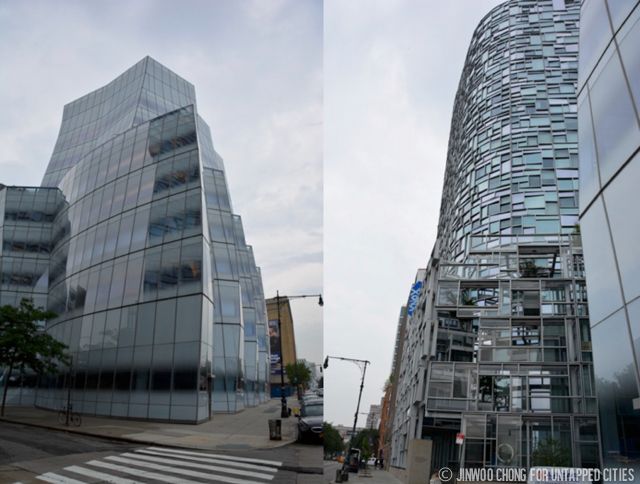
There are two glass buildings facing each other near David Zwirner Gallery on 20th Street. The first, using a continuous curved glass pattern, was designed by Frank Gehry, a noted architect whose works appear around the world. The other, using a mosaic glass pattern, was designed by Jean Nouvel, a French architect. The rumor surrounding the two buildings is that Nouvel, who shared a contentious and often ugly rivalry with Gehry, built his mosaic pattern building directly opposite Gehry’s building so that any photograph taken of Gehry’s design would feature Nouvel’s building in its reflection, regardless of the angle. To add insult to injury, Nouvel’s building is built in such away that it does not reflect Gehry’s building. Sure enough, any photographs of the Gehry building, now the headquarters of the internet company InterActiveCorp, have the reflection of Nouvel’s building, now a residential tower, edited out.
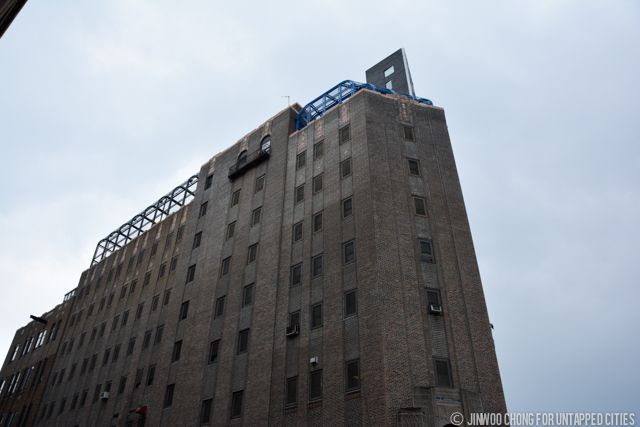
What was once the Bayview Correctional Facility sits on West 20th Street, a former women’s prison that was one of the only state penitentiaries found within the city. It has not been touched after it closed in 2012 due to $600,000 damages sustained during Superstorm Sandy. The fenced portion on the roof was once the facility’s recreation area.
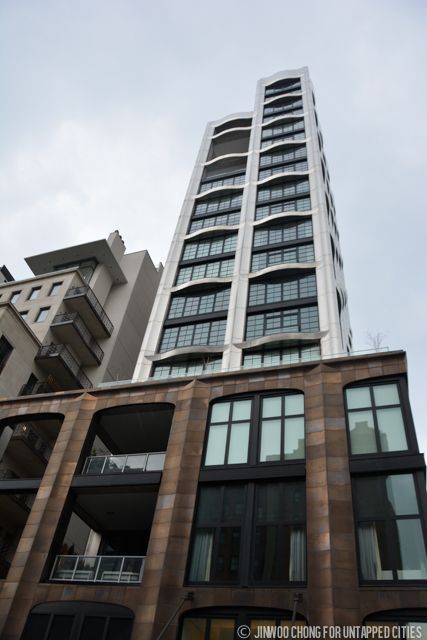
200 11th Avenue is a luxury apartment complex in Chelsea and probably the only building in the city with a car elevator. Each of the building’s floors is a unit the size of a penthouse, and attract a number of celebrities because its car elevator allows guests to enter their home without even getting out of their car. Nicole Kidman occupies the topmost balcony apartment. Don’t ask how we, or David, knew that.
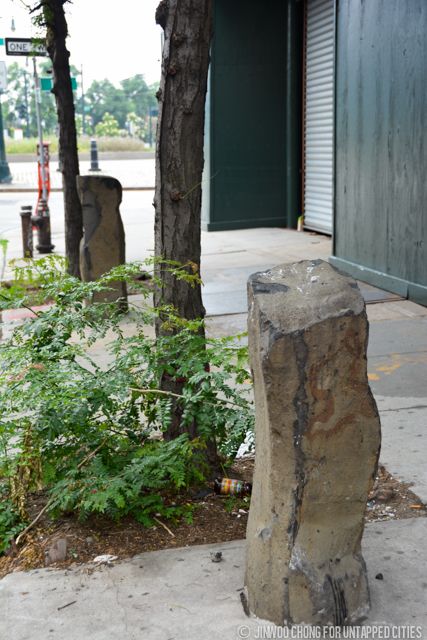
The piece is a continuation of a piece called ‘7000 Oaks‘ by Joseph Beuys, who pared a different species of tree with a solid basalt stone column. Most of 22nd Street between 10th and 11th Avenue. Most passersby barely stop to notice, as we noted, but in an area that includes an above ground railroad park, a women’s prison and more modern galleries than apartment, it might not be very out of the ordinary.
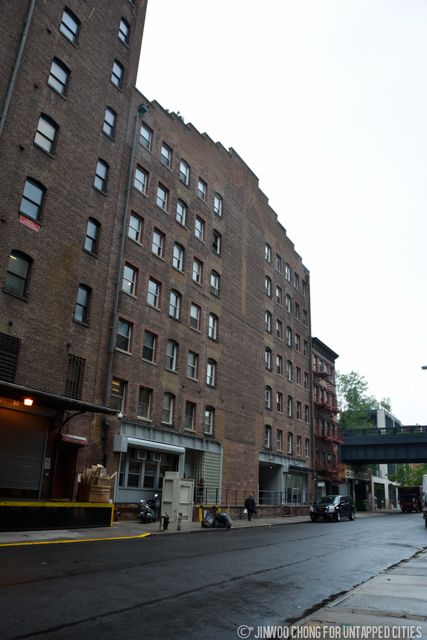
The Manhattan Project, or the top secret codename applied to the United States’ research into nuclear fission and the creation of the world’s first atomic bombs, was named the Manhattan Project, shockingly, because most of its research took place in Manhattan. The Baker and Williams Warehouses on West 20th Street served as the storage units for a significant amount of the projects’ uranium stores. Uranium, which can be even more lethal in dust form than it already is as a metallic solid, was not moved much throughout the entire process for safety. The uranium was finally moved form the warehouse in — get this — the 90s.
Next, read about the DIY Arcade Collective, halfway between an art gallery and an old fashioned arcade. Get in touch with the author @jinwoochong. Sign up for an Audio Hop tour here.
Subscribe to our newsletter